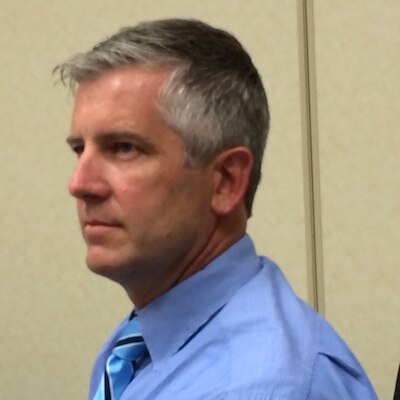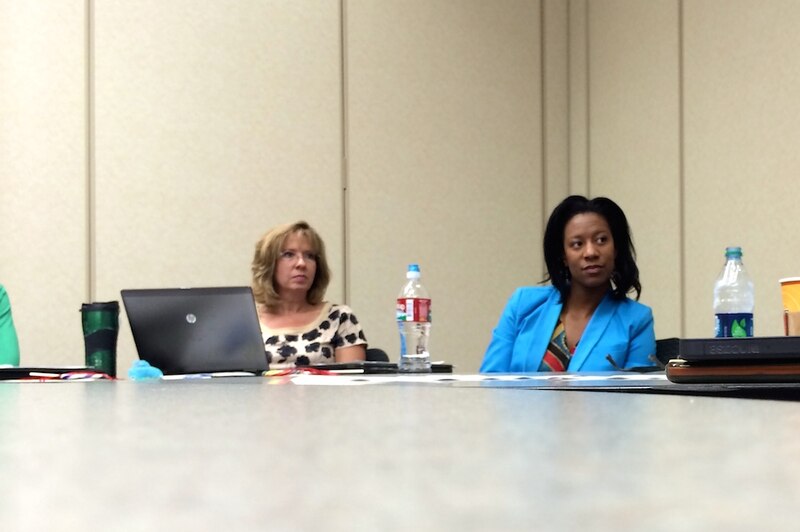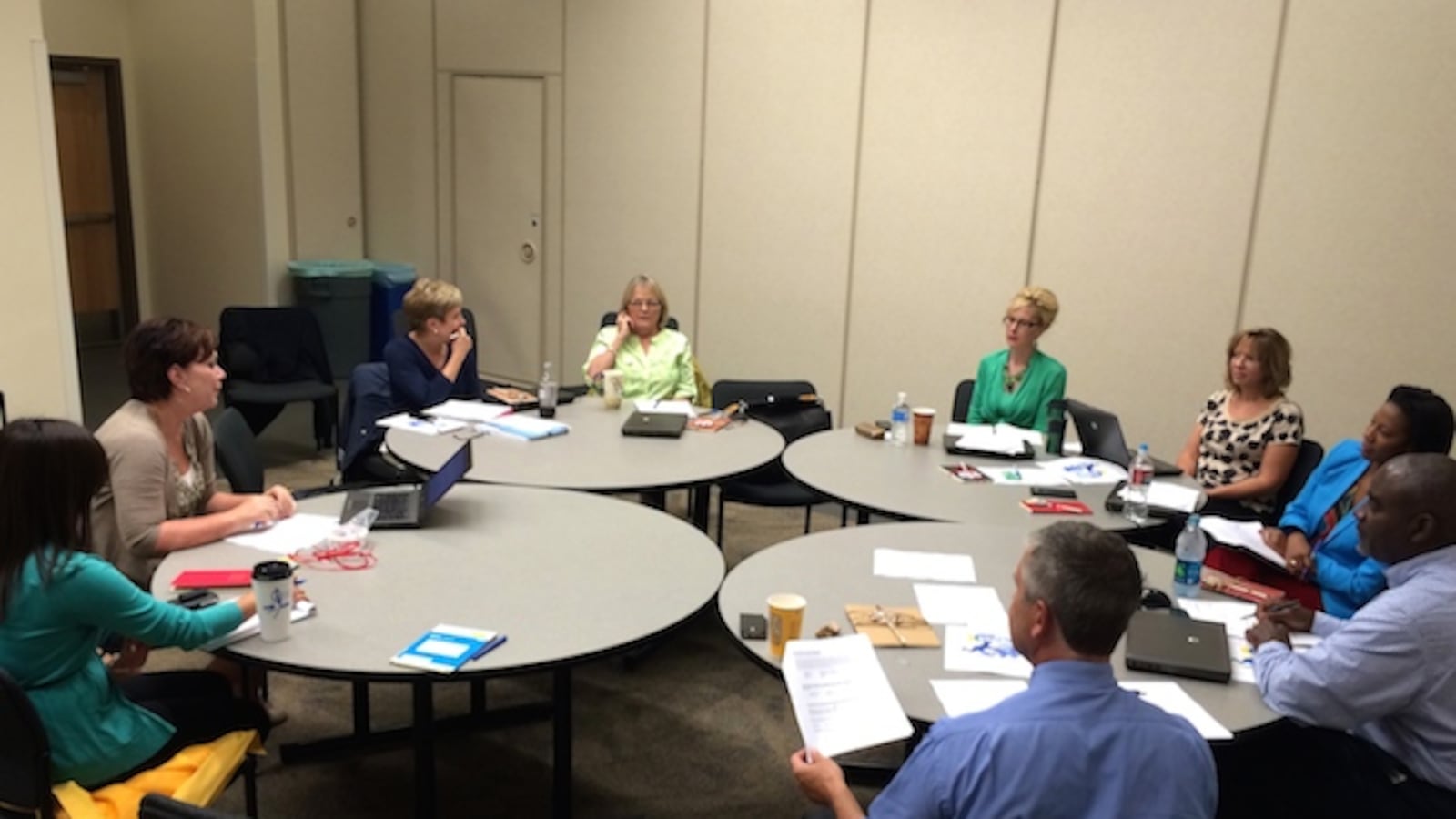AURORA — As a principal at Vaughn Elementary School, Jocelyn Stephens sometimes found herself relying more on her personal connections to access support from her school district’s central office rather than the clunky and dawdling bureaucracy of Aurora Public Schools.
“The system was not responsive,” she said. “Support didn’t always happen through formal channels. I had to be creative.”
As a principal it could be time consuming to find help from any number of departments that makes up a school district: English language acquisition, special education, student engagement, technology and so on.
So when Stephens heard the suburban school district’s new chief academic officer, John Youngquist, was shuffling the district’s bureaucracy with the hope of providing better support school leaders and teachers, Stephens jumped at the opportunity to be on the front lines of the “groundbreaking” movement.
Today, the first day of school for most of Aurora Public Schools’ 35,000 students, Stephens is taking charge of supervising, or as district officials like to say serving, 10 schools. She, along with four other Aurora administrators — who will each supervise their own networks of schools — will be the go-to people for teachers and principals as problems in the classroom arise.
The decision to restructure the district’s support services has been months in the making. The impetus came from an informal listening tour hosted by APS’s newest academic executive, Youngquist, and research from the University of Washington.
“The conversations were about relationships and how schools accessed support,” he said.
Previously, most schools operated in silos, Youngquist said. And professional development was cookie-cutter and usually targeted to grade levels.
“At meetings, it would be, ‘elementary school principals over there, middle schools over there, and high school principals over there,'” said Iowa Elementary School leader Luann Tallman.

Too often, Tallman said, principals can get caught up focusing only on their students’ present and not their future. They can forget students age through a system of schools. The new approach is reminding Tallman she’s not just accountable to her students through fifth grade, but to their entire educational career. And she’s accountable to the teachers and principals who she will hand her students off too.
It’s for that reason these new networks, known as “P-20 Learning Communities,” will include schools that serve all grade levels in nearby neighborhoods.
“P-20” is common education parlance for a coordinated system that extends from preschool through higher education. Aurora Public Schools, under former Superintendent John Barry, was an early adopter of the contemporary effort that links a student’s primary and secondary education to career-driven skills. The district’s signature initiatives, including the Vista PEAK P-20 campus and its “pathways” programs, have garnered praise from the U.S. Secretary of Education Arne Duncan.
Youngquist’s new effort, a double-down of sorts, come at a crucial time for Aurora Public Schools. The district is the largest on the state’s accountability watch list. It has two years to improve student performances on Colorado’s standardized assessments and boost its graduation rate or face state sanctions.
In her role as director, Stephens will work to boost student achievement as some of APS’ lowest performing schools. Four of her 10 schools are considered chronically low-performing.
“That level of data tells me we’re not responsive to the students’ needs,” she said. “[We’re going to ask] what do we need to learn about those students that we might not know from the data. We’re going to change the type of questions we ask. We’re going to be very root-caused focused.”
The targeted support approach to schools that APS hopes to roll out, Stephens said, is no different that what a teacher is expected to do in the classroom.
“Gone are the days of the one-size fits all approach,” Stephens said.
And the change, Tallman said, is creating a new team spirit and sense of a accountability among schools and one, she hopes, will last.
If the initiative does last, it would beat the odds, said Jennifer Dounay Zinth, a P-20 education researcher for the Education Commission of the States.
First of all, most P-20 efforts have been coordinated by states, not local school districts, Dounay Zinth said. And those efforts have focused more on the links between high school and college and the transmission of student data. Second, most of the P-20 efforts have puttered out.
For Aurora to be successful, Dounay Zinth said, they’ll need to make sure their effort is “more than just window dressing.”
It will be imperative, Dounay Zinth said, for the learning community directors and their teams to have the autonomy to make decisions, and those teams will need to have representatives from both the district’s early childhood services and post-secondary readiness team.
Youngquist acknowledged Dounay Zinth’s advice.
“The teams should be and will be immediately responding to requests of their communities of teachers and principals,” Younquist said, he hopes within 24 hours.
And the district is working to ensure the new support squads are equipped and empowered to make the decisions they deem necessary. Further, each team will have a representative from the district’s post-secondary readiness team and the district has hired, for the first time, an early childhood learning director. Once the new director is in place, a team will be assembled to work with the P-20 Learning Communities, as well.
“They’ll go where they need to go,” he said.


